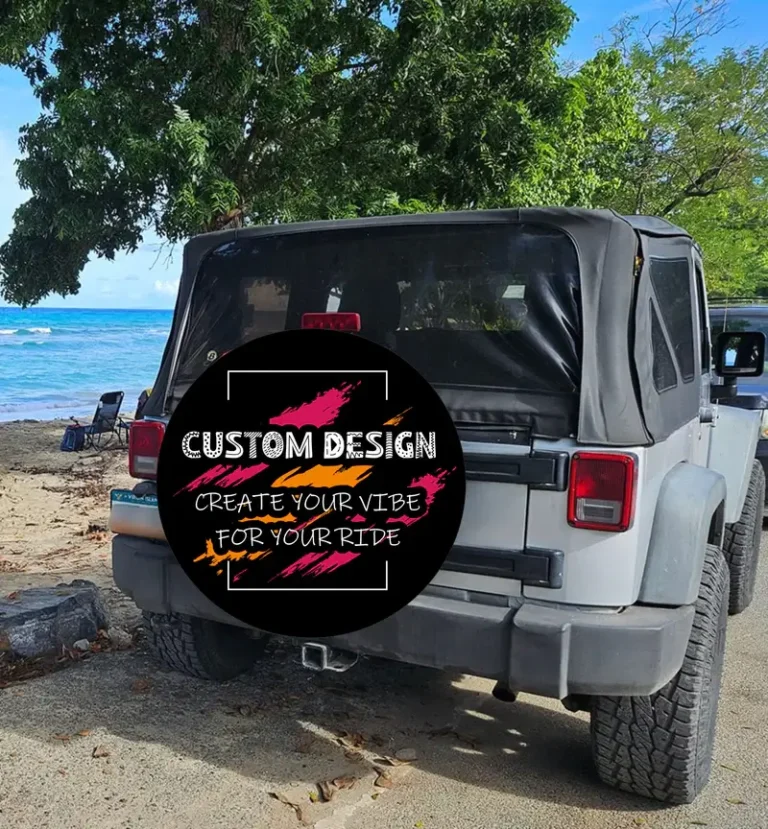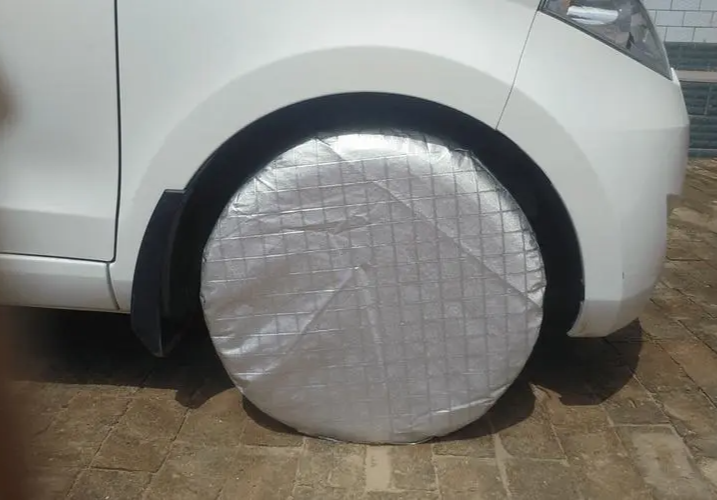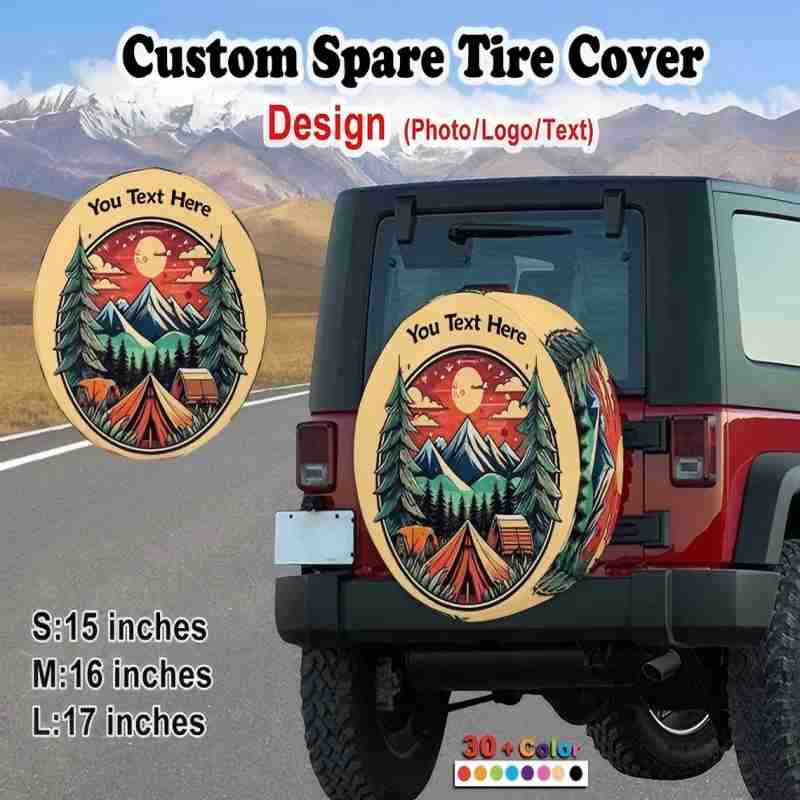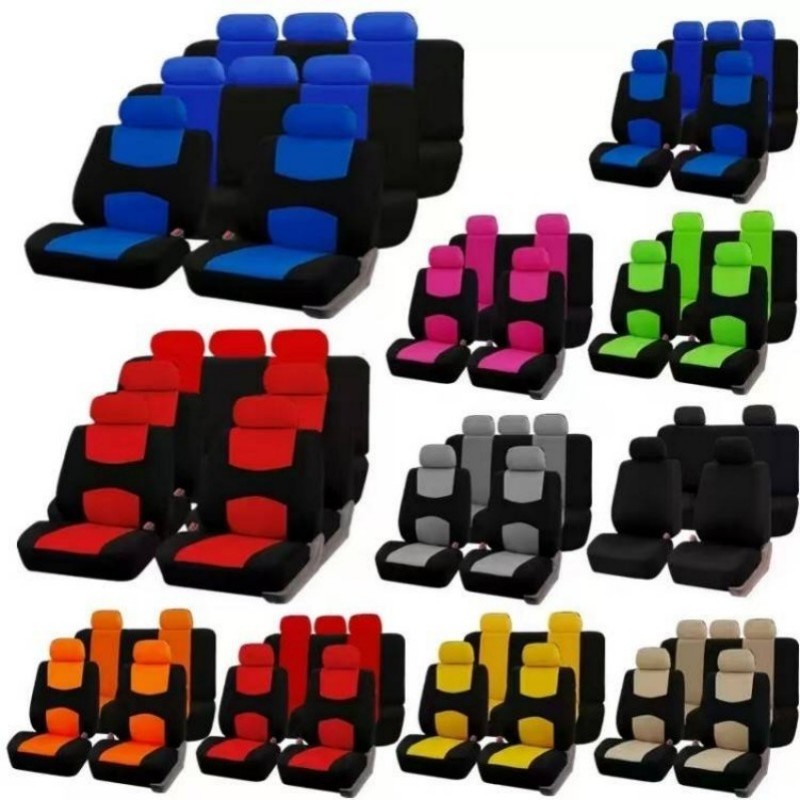-
Xingming Road, Yanyuan, Xingtan, Shunde, Foshan, Guangdong
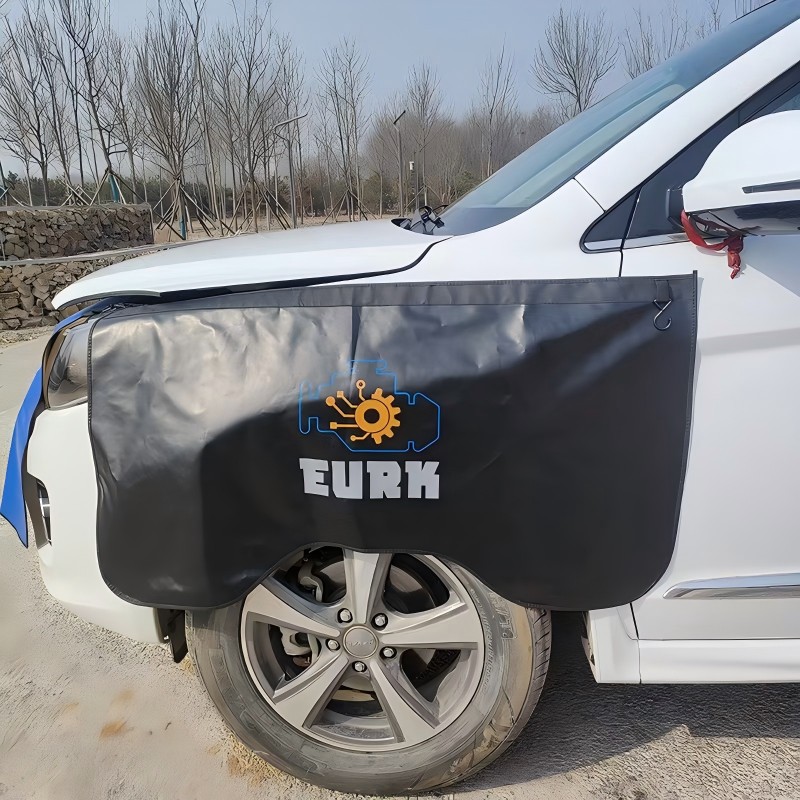
Le guide ultime des ailes avant
De la protection fonctionnelle à l'art de la modification personnalisée
Résumé
En tant que premier élément visuel de l'apparence du véhicule, l'aile avant porte non seulement la lourde responsabilité de la protection, mais elle est aussi un outil de modification qui met en valeur la personnalité. Cet article analyse systématiquement les 10 points clés pour l'achat d'ailes, compare les principales différences entre les pièces d'origine et les pièces modifiées, analyse en profondeur les caractéristiques des matériaux et les principes aérodynamiques, et fournit un guide d'installation professionnel pour vous donner une compréhension complète de ce composant automobile souvent négligé mais crucial.
Introduction
Dans la culture actuelle de la modification automobile, l'aile avant est passée d'un simple élément de protection à un élément de style. Selon les données du salon américain SEMA Modification Show, 43% des propriétaires de voitures modifiées extérieurement donneront la priorité à l'amélioration des ailes. Une aile bien conçue peut réduire la résistance latérale au vent de 20% et l'accumulation de sédiments dans les passages de roue de 80%. Cet article vous fera découvrir le mystère fonctionnel et la valeur esthétique de l'aile avant.
Double mission de l'aile avant
1. Analyse technique de la fonction de protection
Argument : L'aile moderne est la cristallisation de la mécanique des fluides et de la science des matériaux Argument : L'aile moderne est la cristallisation de la mécanique des fluides et de la science des matériaux :
- La conception de la rainure de guidage dentelée peut réduire les projections d'eau de 17% (données d'essai SAE).
- Le revêtement anti-pierre 3M peut résister à l'impact des graviers à une vitesse de 120 km/h.
- La structure en matériaux composites peut réduire le bruit de la route de 30%
2. Philosophie de conception de l'esthétique visuelle
Argument : Les lignes d'ailes déterminent la première impression du véhicule Argument : Les lignes d'ailes déterminent la première impression du véhicule :
- Le garde-boue BMW "shark gill" réduit le centre de gravité visuel de 12%
- L'aile large de Mercedes-Benz AMG augmente l'effet visuel de l'empattement de 78 mm.
- Les arêtes tridimensionnelles de la série GR de Toyota augmentent la perception de sportivité de 53%
Révolution des matériaux : cinq choix clés
3. Garde-boue en acier d'origine
Comparaison des caractéristiques : | Paramètres | Acier formé à chaud | Acier ordinaire | |----|-----|-----| Résistance à la déformation | 980MPa | 340MPa | | Poids | 4.2kg/pièce | 5.8kg/pièce | | Procédé anticorrosion | Galvanisation + électrophorèse | Peinture monocouche par pulvérisation |
4. Trois matériaux vedettes sur le marché de la modification
Matrice de performance :
- Fibre de carbone : 1,1 kg ultra-léger/coefficient de dilatation thermique 0,5×10-⁶/℃
- Fibre de verre : Le prix n'est que le tiers de celui de la fibre de carbone / forte réparabilité
- Polypropylène : résistance à basse température de -30℃/100% recyclable et respectueux de l'environnement.
Comparaison approfondie des pièces modifiées et des pièces originales
5. Mesure effective des différences d'adaptabilité
Résultats du test :
- L'écart entre les pièces d'origine est ≤1,5 mm (conformément à la norme ISO 9001).
- Les pièces modifiées de haut niveau (telles que Rally Armor) nécessitent un façonnage professionnel à l'air chaud.
- Les pièces modifiées à bas prix présentent des problèmes de résonance lors de la conduite à grande vitesse
6. Potentiel d'amélioration des performances
Données réelles sur la piste : | Type | Pression latérale du vent à 200km/h (N) | Température du passage de roue (℃) | |----|-------|-----| | Pièces d'origine | 142 | 68 | | Pièces modifiées pour la compétition | 89 | 52 |
Secrets aérodynamiques
7. Principes scientifiques de la conception des déviations de flux
Technologies clés :
- Conception d'une zone de pression négative à effet Venturi
- Sillon de contrôle de la turbulence dans la couche limite
- Système de volets réglables (réglage ±15°)
8. Impact sur l'économie de carburant
Résultats des tests de l'EPA :
- La Ford F-150 ajoute des ailes aérodynamiques pour économiser 2,1% de carburant
- La Tesla Model 3 réduit son coefficient de traînée de 0,02Cd
Guide pratique du réaménagement
9. Méthode d'installation professionnelle en six étapes
- Perçage de positionnement au laser (erreur <0,3 mm)
- Installation d'une douille spéciale antirouille
- Durcissement de l'adhésif structurel (résistance 80% en 24 heures)
- Essai d'équilibre dynamique (détection des vibrations à 2500 tr/min)
- Vérification de l'ajustement par balayage 3D
- Revêtement hydrophobe
10. Points d'entretien annuel
- Les pièces en fibre de carbone nécessitent une cire protectrice contre les UV (niveau SPF50+).
- Détection de la conductivité des pièces métalliques (>5S/m)
- Inspection des fissures sous contrainte des pièces en plastique (exploration endoscopique)
Tendances et innovation technologique
Nouvelles tendances en 2024 :
- Aile variable intelligente (réglage automatique en fonction de la vitesse)
- Revêtement nanométrique auto-cicatrisant (les rayures cicatrisent en 24 heures)
- Guide lumineux LED intégré (lié aux clignotants)
Conclusion et suggestions d'action
Le choix d'un garde-boue avant nécessite de trouver un équilibre entre les besoins de protection, l'amélioration des performances et l'expression de la personnalité. Nous recommandons :
- L'utilisation quotidienne des véhicules devrait donner la priorité aux pièces de rechange d'origine.
- Les amateurs de tout-terrain devraient envisager l'utilisation d'un matériau PP de 3 mm d'épaisseur
- Les acteurs de la filière investissent dans des modèles de concurrence pour les PRFC
Agissez dès maintenant : Connectez-vous sur le site officiel de la SEMA pour trouver des modificateurs certifiés ou utilisez l'application d'essai virtuelle AR pour avoir un aperçu de l'effet. N'oubliez pas : une excellente modification d'aile doit être une combinaison parfaite de "gardien invisible" et de "style visible" !
(ci-joint : Tableau comparatif des performances des marques de garde-boue du TOP10 mondial et code QR du tutoriel vidéo d'installation professionnelle)
🚗 Améliorez le premier paysage de votre véhicule - cliquez pour obtenir le "Livre blanc sur la modification scientifique des garde-boue" 🔧


